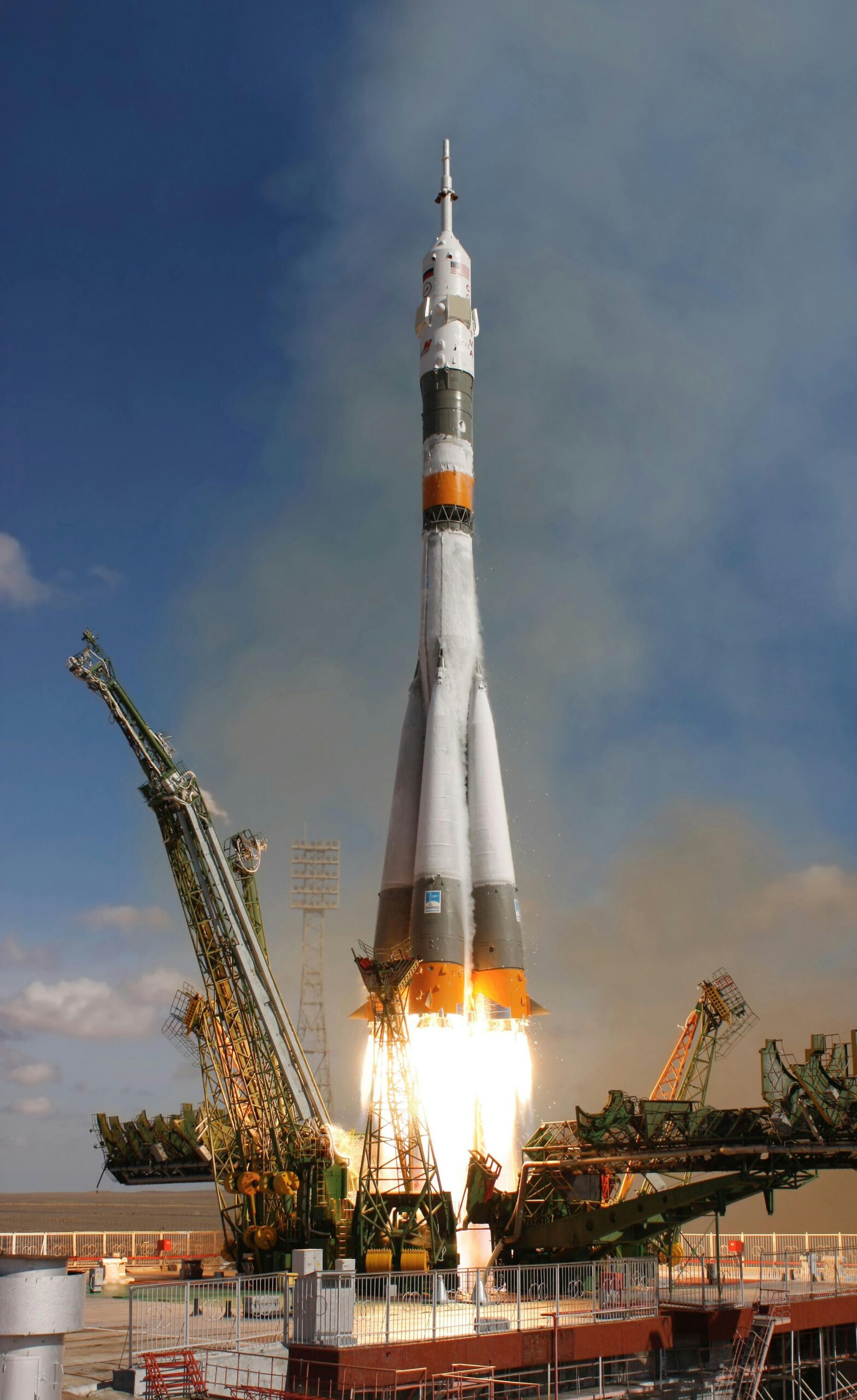By: Benjamin He
When Elon Musk’s Starship, the largest rocket ever made, took off on June 6, it seemed to be a grand occasion at first. SpaceX had successfully launched a rocket, and the launch was considered a great leap for the United States civilians’ space program.
Two hours after the launch, a team from the U.S. Fish and Wildlife Service plus a conservation group headed to the site to inspect a migratory bird habitat near the site. Around the site was a large mess. The launch had thrown mud, sheet metal, and all kinds of debris all over the compound. A small fire had ignited, burning through the surrounding undergrowth.
In addition to the destruction, there was, alarmingly enough, a smear of yellow in the spot that a bird’s nest was in the day before. After more investigation, the truth was accepted: None of the nine nests recorded by the Coastal Bend Bays & Estuaries Program before the launch had managed to survive the blast-off completely unscathed.
“The nests have all been messed up or have eggs missing,” Justin LeClaire, a Coastal Bend wildlife biologist, told a Fish and Wildlife inspector as a New York Times reporter observed nearby.
This isn’t the first time SpaceX operations have hurt the environment. On 19 different occasions since 2019, SpaceX has been the cause of fires, leaks, explosions, and more problems. Last year in 2023, a launch of an experimental rocket caused debris to be scattered across 385, according to The Atlantic.
Such incidents have caused a lot of environmental damage. Additionally, quoted from the New York Times article written by Eric Lipton, these incidents have “reflect a broader debate over how to balance technological and economic progress against protections of delicate ecosystems and local communities.”
Image Credit by Pixabay











